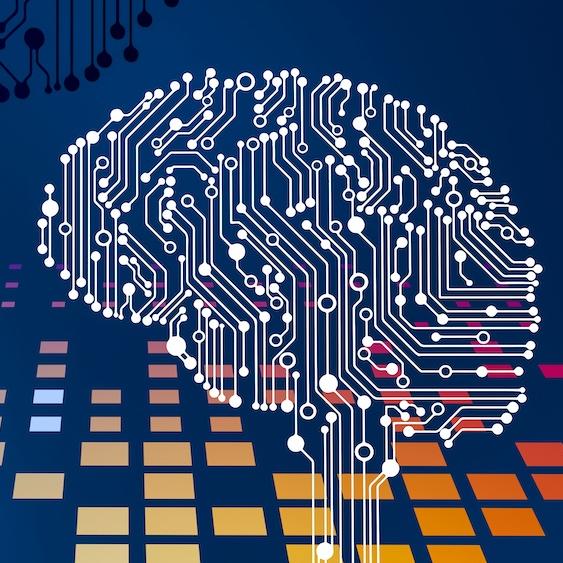
 Department Homepage
The College of Arts & Sciences
Department Homepage
The College of Arts & Sciences
Cornell part of $25M NSF effort to untangle future physics data
Particle accelerators such as the Large Hadron Collider (LHC) at the European Organization for Nuclear Research (CERN) produce massive amounts of data that help answer long-held questions regarding Earth and the far reaches of the universe. The Higgs boson, which had been the missing link in the Standard Model of Particle Physics, was discovered there in 2012 and earned researchers the 2013 Nobel Prize in physics.




